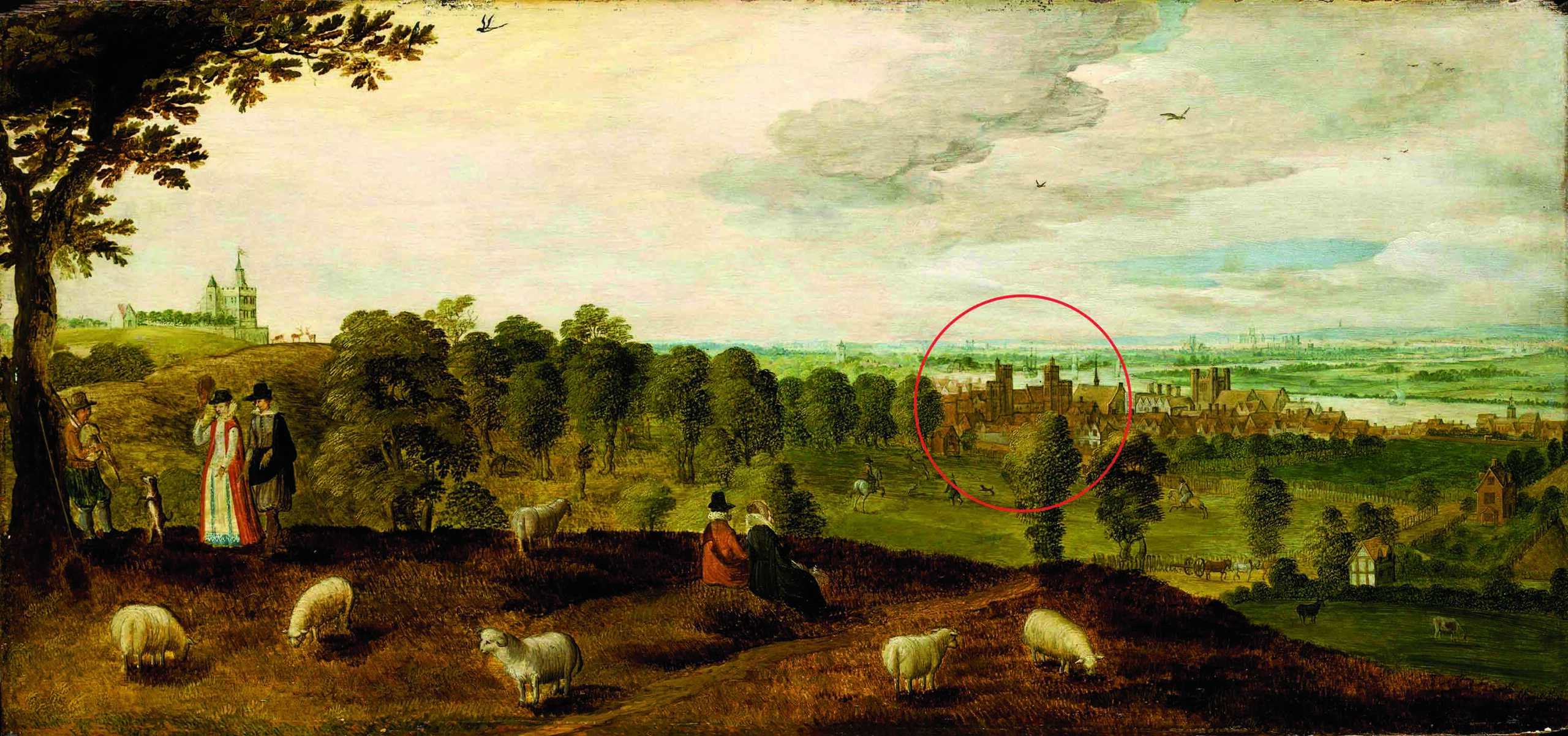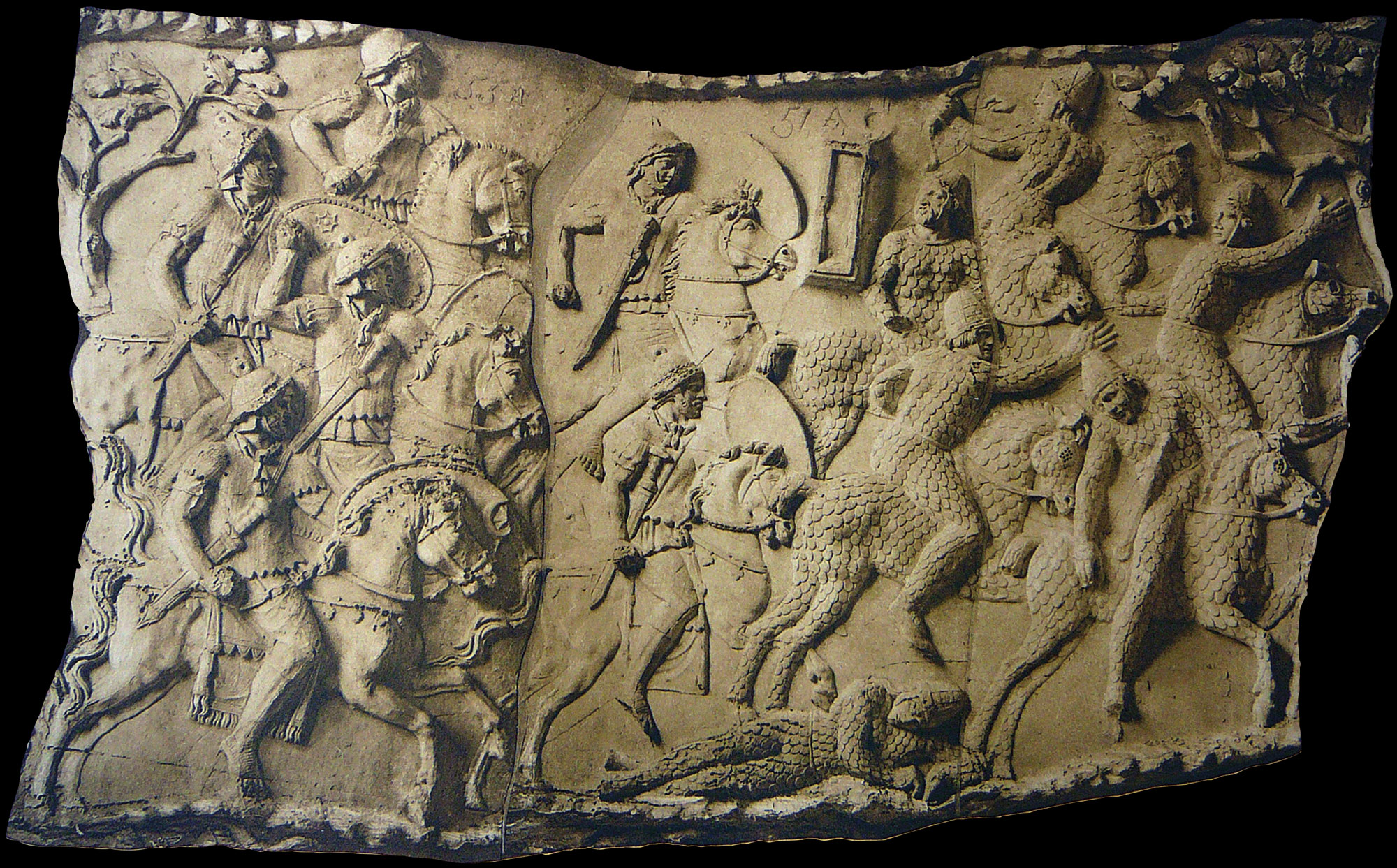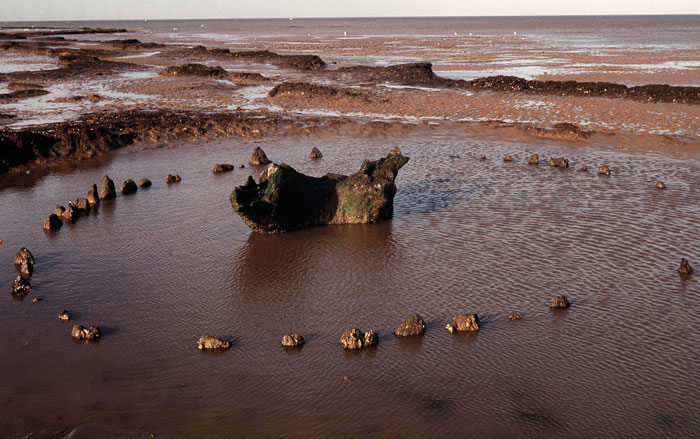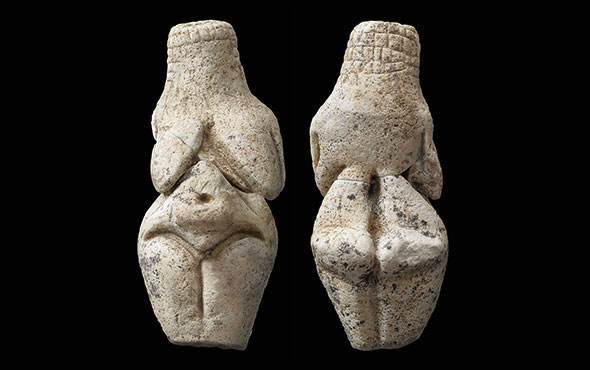
COVENTRY, ENGLAND—According to a statement released by the University of Warwick, scientists from the University of Warwick and the University of Ghent employed X-ray technology to examine tiny brass links recovered from the wreckage of Mary Rose, which is thought to be the favored warship of Henry VIII. The ship sank in the Solent during a battle with the French in 1545, and was raised, along with some 19,000 artifacts, in 1982. The brass links in the new study are thought to have come from a suit of chain mail armor. The analysis revealed the links were made of an alloy composed of 73 percent copper and 27 percent zinc, with traces of lead and gold on their surfaces. Mark Dowsett of the University of Warwick said the traces of heavy metals may have been picked up during the production process from tools that were used to work gold and lead. The lead may also have come from dust from the firing of Tudor-era pistols loaded with lead balls, or it may have been introduced to the Solent through pollution or the bombing of the Portsmouth Dockyard during World War II, he surmised. To read about weapons used throughout history, go to "Weapons of the Ancient World."










